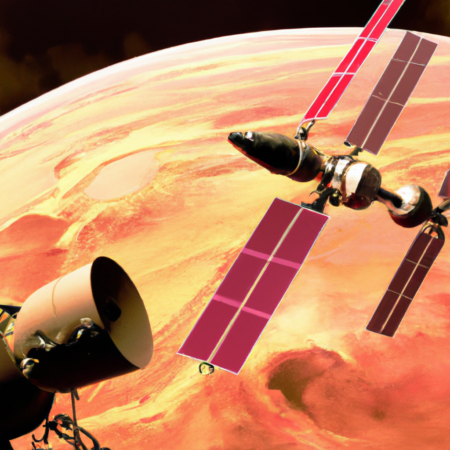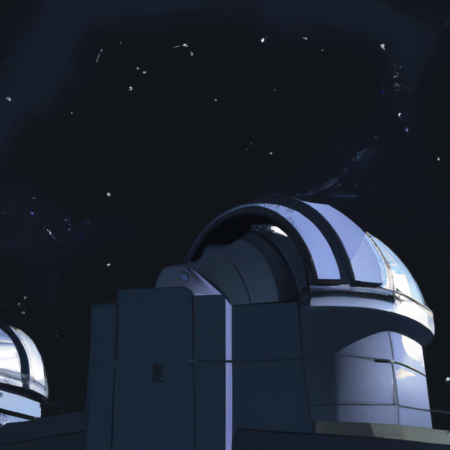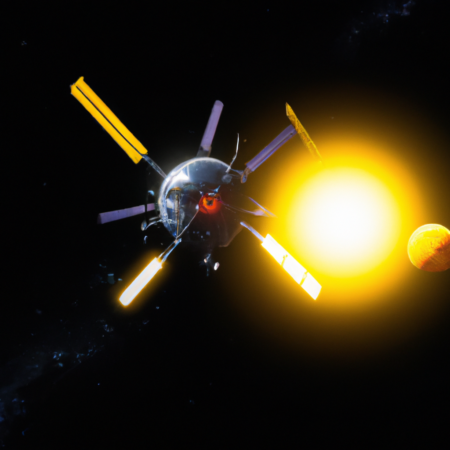Exploring the New Frontiers: Latest Discoveries in Exoplanet Research
In the ever-evolving field of astronomy, the second quarter of 2025 has been particularly groundbreaking with significant advances in exoplanet research. This post delves into the latest discoveries and technological advancements that are reshaping our understanding of planets beyond our solar system.
Technological Innovations in Exoplanet Detection
Recent developments in space telescopes have enabled astronomers to detect and analyze exoplanets with unprecedented accuracy. Innovations such as the deployment of the Starshade, working in tandem with space telescopes, have allowed scientists to mitigate starlight and enhance the visibility of orbiting exoplanets.
Characterizing Atmospheric Conditions
With advanced spectroscopy techniques, researchers are now able to characterize the atmospheric conditions of exoplanets, providing insights into their climate patterns, chemical compositions, and potential habitability. This year, spectroscopic data revealed the presence of water vapors and complex organic molecules in the atmosphere of an Earth-like exoplanet, sparking discussions about its potential to support life.
Newly Discovered Exoplanet Types
2025 has also witnessed the classification of new types of exoplanets. ‘Rogue’ exoplanets, which do not orbit any star and wander through the galaxy, have been identified in greater numbers thanks to improved detection techniques. These findings are crucial for understanding planetary formation and migration theories.
Implications for Future Space Exploration
The recent discoveries have profound implications for future space missions. Plans are already underway for missions that could potentially visit these newly discovered exoplanets. The insights gained from current research are helping to shape the objectives and technology for these future explorations.
Conclusion
The field of exoplanet research continues to excite and challenge our traditional notions of what planets can look like and how they function. As we move forward, the integration of new technology and interdisciplinary approaches will undoubtedly unveil more secrets of our universe.






